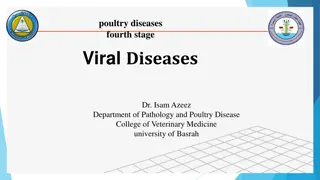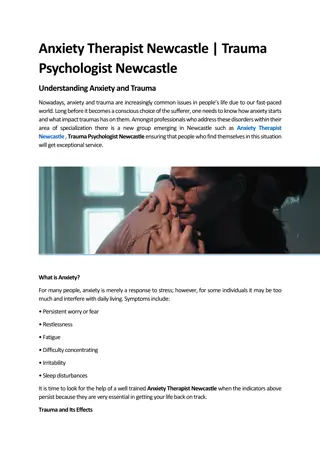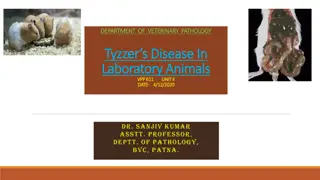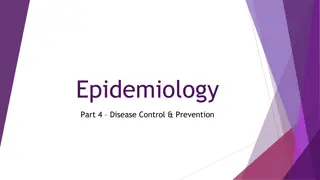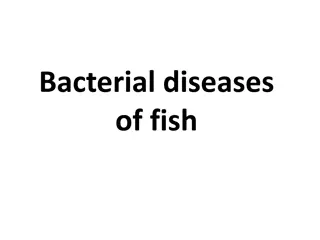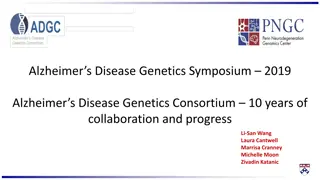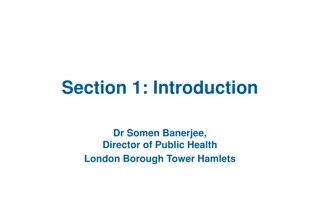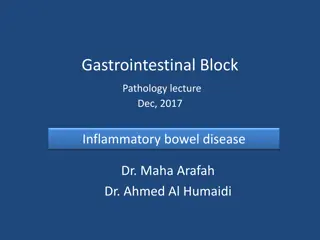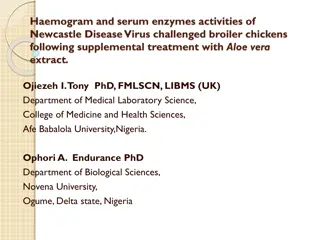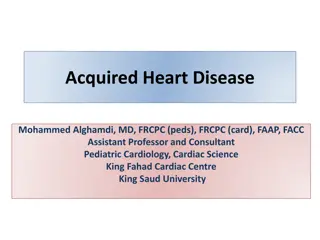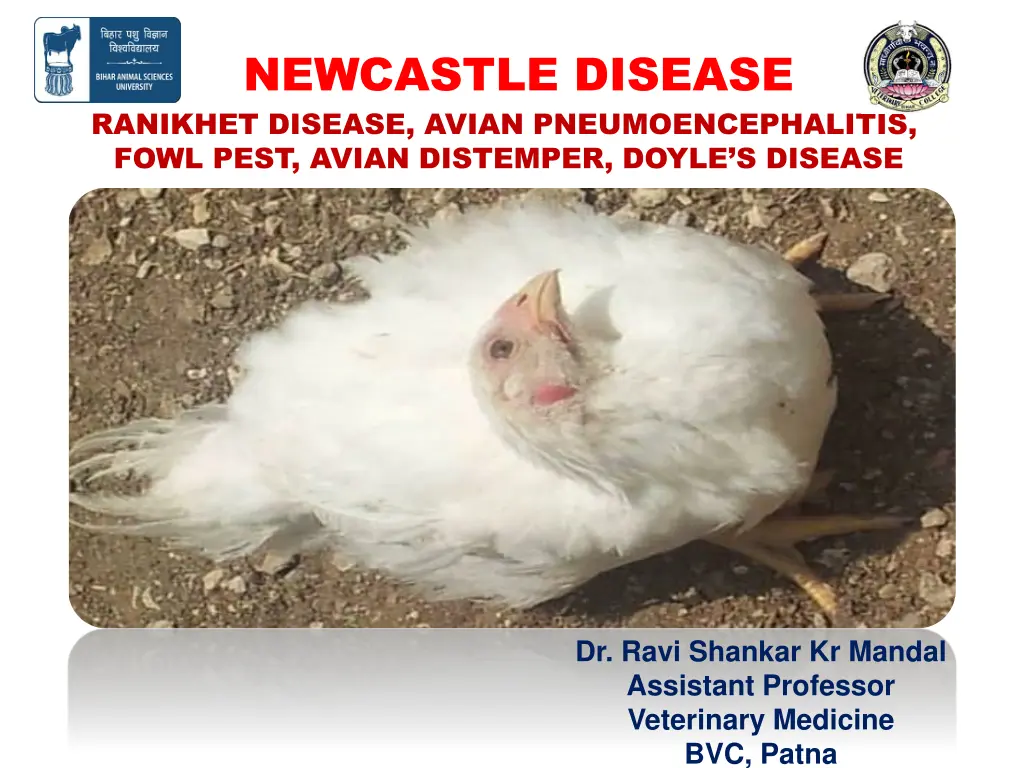
Understanding Newcastle Disease in Poultry: Symptoms, Etiology, and Transmission
Learn about Newcastle disease, a highly contagious viral infection affecting poultry worldwide. Discover its symptoms, causes, and modes of transmission, as well as the different strains and their impacts on poultry health. Find out how the disease is classified based on pathotypes and the susceptible hosts. Stay informed to protect your poultry from this devastating disease.
Download Presentation

Please find below an Image/Link to download the presentation.
The content on the website is provided AS IS for your information and personal use only. It may not be sold, licensed, or shared on other websites without obtaining consent from the author. If you encounter any issues during the download, it is possible that the publisher has removed the file from their server.
You are allowed to download the files provided on this website for personal or commercial use, subject to the condition that they are used lawfully. All files are the property of their respective owners.
The content on the website is provided AS IS for your information and personal use only. It may not be sold, licensed, or shared on other websites without obtaining consent from the author.
E N D
Presentation Transcript
NEWCASTLE DISEASE RANIKHET DISEASE, AVIAN PNEUMOENCEPHALITIS, FOWL PEST, AVIAN DISTEMPER, DOYLE S DISEASE Dr. Ravi Shankar Kr Mandal Assistant Professor Veterinary Medicine BVC, Patna
NEWCASTLE DISEASE Highly contagious and often severe disease found worldwide that affects birds including domestic poultry Characterized by respiratory signs (distress, coughing, sneezing), nervous signs leading to wing paralysis, inco-ordination, torticolis, swelling of head and chalky white diarrhoea Causes considerable loss to poultry industry by way of morbidity, mortality and drop in egg production The name given by Doyle to a highly contagious viral infection of poultry, also known as fowl pest, which was first reported on a farm near Newcastle upon Tyne, United Kingdom, in 1926 At about the same time, a disease with similar symptoms was observed in Java ( now Jakarta), Indonesia In India , the disease was first recorded at Ranikhet in Kumoan hills (Nainital District, Uttaranchal) by Edward in 1927: hence the name Ranikhet disease
ETIOLOGY Paramyxovirus type1 (PMV-1) belongs to the genus Avulavirus, family Paramyxoviridae It is a negative-sense, single-stranded RNA virus 3 strains 1. Velogenic strains produce severe nervous and respiratory signs, spread rapidly, and cause up to 90% mortality 2. Mesogenic cause strains coughing, affect egg quality and production, and result in up to 10% mortality 3. Lentogenic strains produce mild signs with negligible mortality
Based on the disease produced in chickens, NDVs have been classified into five pathotypes: 1. Viscerotropic velogenic: The NDVs cause a highly virulent form of the disease. Haemorrhagic lesions are characteristically present in the intestinal tract 2. Neurotropic velogenic: These NDVs cause high mortality following respiratory and nervous signs 3. Mesogenic: These NDVs cause low mortality following respiratory and some times nervous signs 4. Lentogenic: These respiratory NDVs cause mild or inapparent respiratory infection. 5. Asymptamatic: The enteric NDVs cause inapparent enteric infection
TRANSMISSION Infected birds shed virus in exhaled air, respiratory discharge, and feces during incubation period, clinical manifestation and varying period during convalescence Inhalation of aerosols and Ingestion of contaminated feed and water Movement of people, and contaminated equipment or litter, poultry products SUSCEPTBLE HOST SUSCEPTBLE HOST Newcastle disease virus strains of low virulence are prevalent in free-living wild birds, live bird markets, and poultry, especially waterfowl. Migratory waterfowl and shorebirds can be infected with low and virulent NDV and can shed NDV without any apparent clinical signs of illness Infection of domestic poultry with naturally circulating low NDV can contribute to respiratory distress in young naive birds and lower productivity in adult birds.
CLINICAL SIGNS Onset is rapid, and signs appearthroughout the flock as early as 2 days (average 4 6) after aerosol exposure Transmission is slower if thefecal-oral route is the primary means of transmission, particularly for caged birds Young birds are the most susceptible Viscerotropic Velogenic NDV Lethargy, clear mucous dicharges from mouth Closed eyes and facial swelling Drooping wings and anorexia with greenish/yellowish diarrhea Respiratory distress (sometimes birds make a whistling sound) Some times in neural form--- Torticollis, incordination or even paralysis of legs and arched back position of the body up to 100% morbidity and mortality, especially in naive populations Egg production: interrupted or stop completely, abnormal in color, shape, or surface and have watery albumen
Neurotropic velogenic NDV Respiratory distress with sneezing, coughing,and nasal discharge Respiratory signs may accompanyneurologic signs: tremors and convulsions paralysis of wings and legs, torticollis, circling with clonic spasms, complete paralysis up to 100% morbidity and 50% mortality (up to 90% inyoung birds) Mesogenic NDV respiratory signs with gasping, coughing, sneezing, and rales in young birds decrease in egg production, which returns to normal in a few weeks neurologic signs in protracted cases low mortality (may be higher in young birds) Lentogenic NDV Vary from inapparent to an onset with mild respiratory signs, but secondary infections may exacerbate the clinical presentation
Torticollis Paralysis of legs Coughing and gasping Abnormal perching reflex Edema(Head),Conjunctivitis, Cornea edema(Eye) Greenish diarrhea with white urates Greenish diarrhea
LESIONS LESIONS Remarkable gross lesions are usually present only in infection with viscerotropic velogenic NDV Petechiae may be observed on the serous membranes Hemorrhages of the proventricular mucosa and intestinalserosa Necrotic hemorrhagicareas on the mucosal surface of the intestine, especially atlymphoid foci such as cecal tonsils and Peyer's patches Congestion & hemorrhage of the trachea and lung Egg yolk peritonitis with atrophied follicles maybe found in laying birds
PM FINDINGS Proventriculus shows edematous glands with some areas of hemorrhages. Caecal tonsils with necrosis and marked hemorrhagic lesions Severe hemorrhages on caecal tonsils and mucosa of the rectum Entire length of intestinal mucosa shows hemorrhagic changes.
DIAGNOSIS DIAGNOSIS Clinical signs and gross lesions: are not pathognomonic and therefore cannot be used alone for diagnosis of Newcastle disease Isolation of virus detection of NDV RNA by real-time RT-PCR Serological test : H I Test, ELISA Test, CFT Test, V N Test Biological test : 1. Inoculation --- Pigeon-----Produce disease in 6 day. 2. Immunized Poultry-----not produce disease where as unimmunized poultry------ produce disease
TREATMENT AND PREVENTION TREATMENT: No treatment PREVENTION AND CONTROL : Good hygiene, good management, and good biosecurity practices along with vaccination. There are 3 types of commercially available vaccines for RD disease Live lentogenic vaccines: Usually derived from field viruses that have been show to have low pathogenicity They have F, Hitchner B1, LaSota and V4 vaccines. Least harmful vaccines(LaSota and B1 most widely used). Of these F has lowest disease producing LaSota is not used for first vaccination but often as a booster after one or more B1 strain/ F strain vaccines Given by eye drop, drinking water or by machine producing spray
Live mesogenic vaccines: They are Mukteswar (R2b), Roakin, Komarow, and H (Hartford shire). They are capable of causing severe disease and must be given after earlier vaccination with least harmful vaccines (Live lentogenic vaccines). Capable of producing a high secondary immune resp Killed vaccines: Prepared from both virulent and avirulent form. Given either by i/m or s/c route



